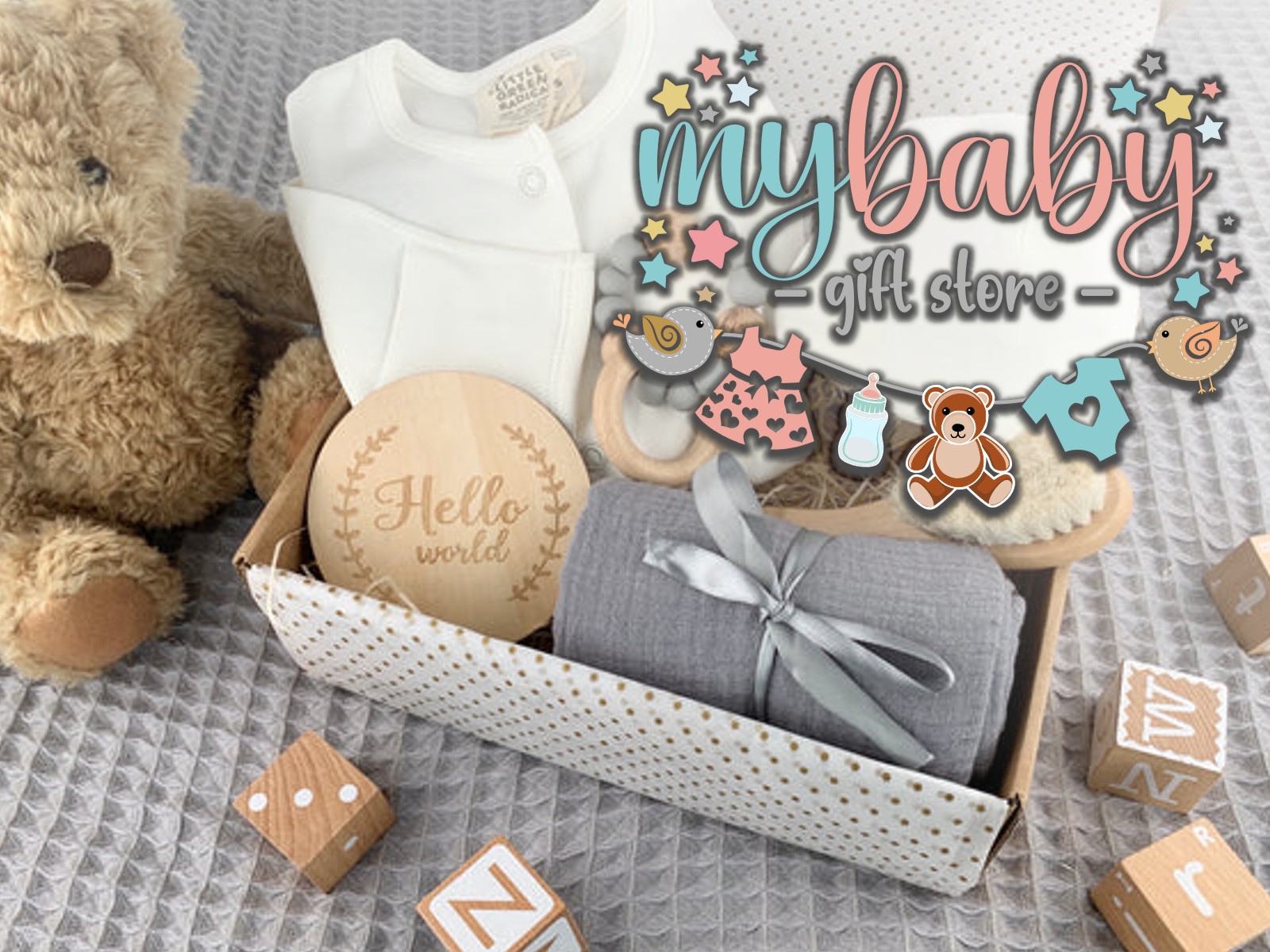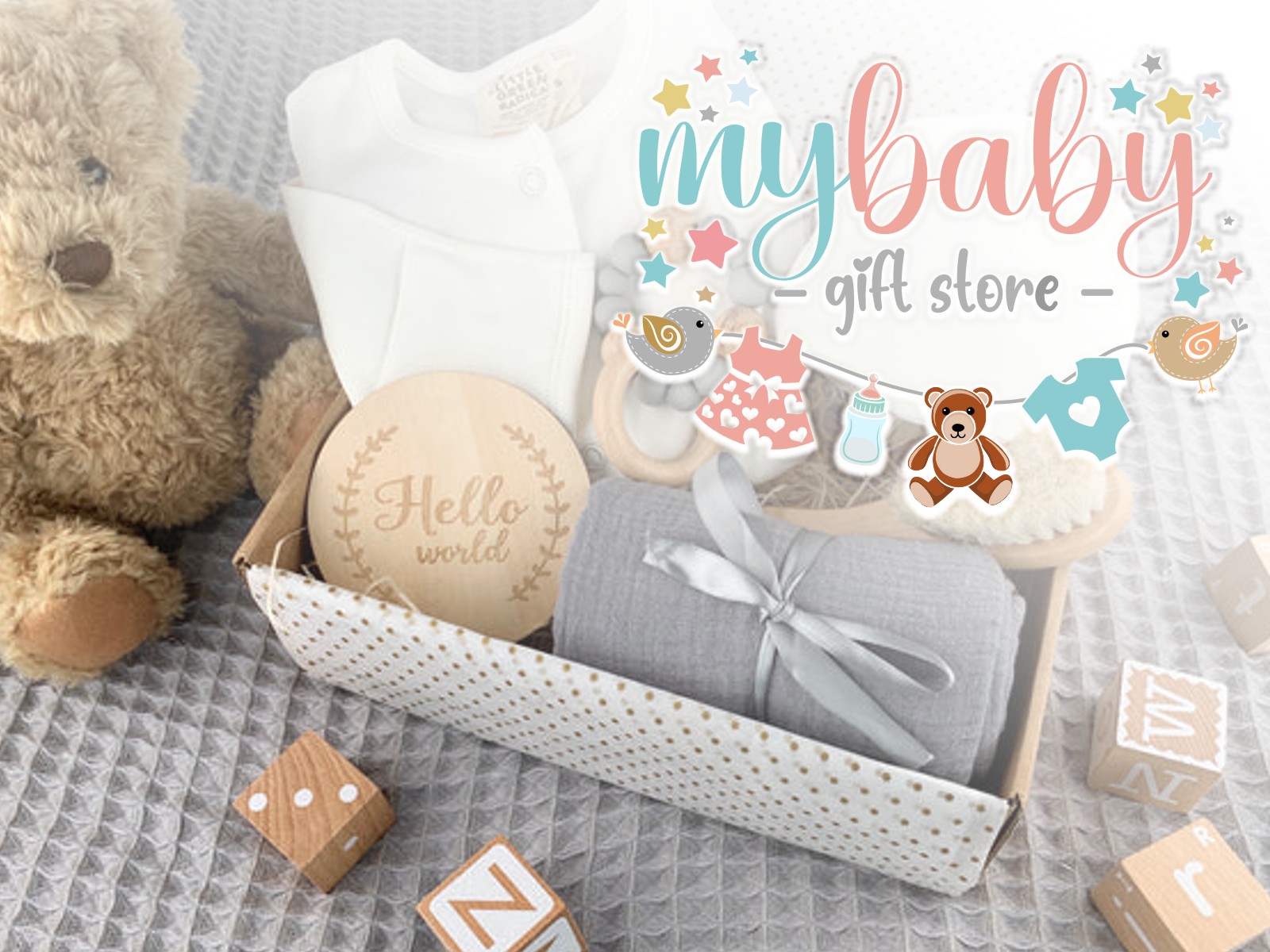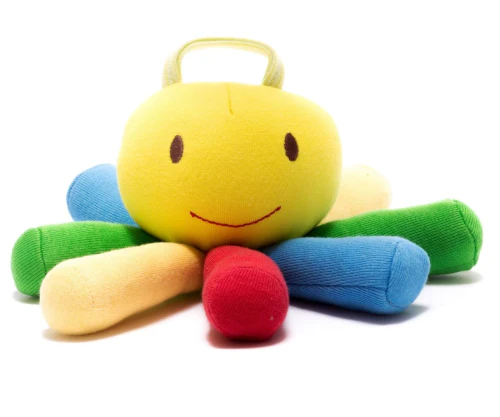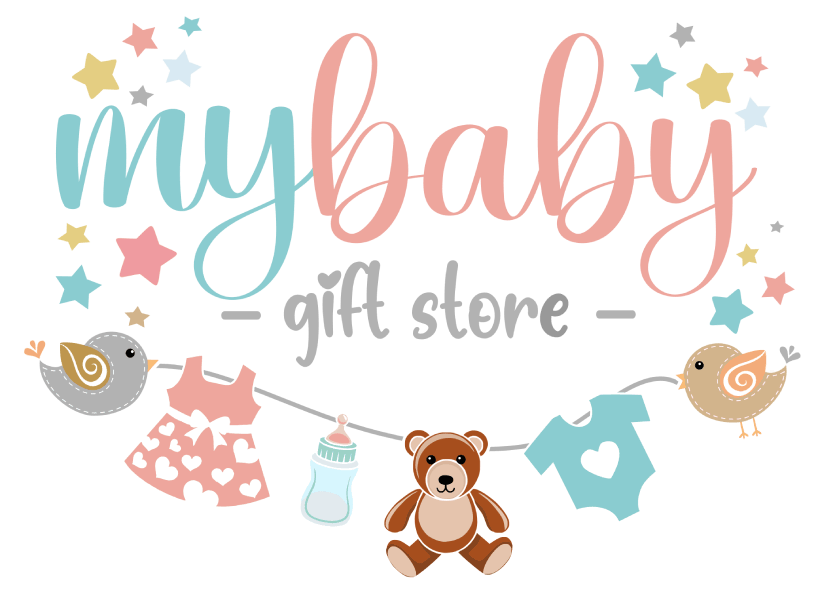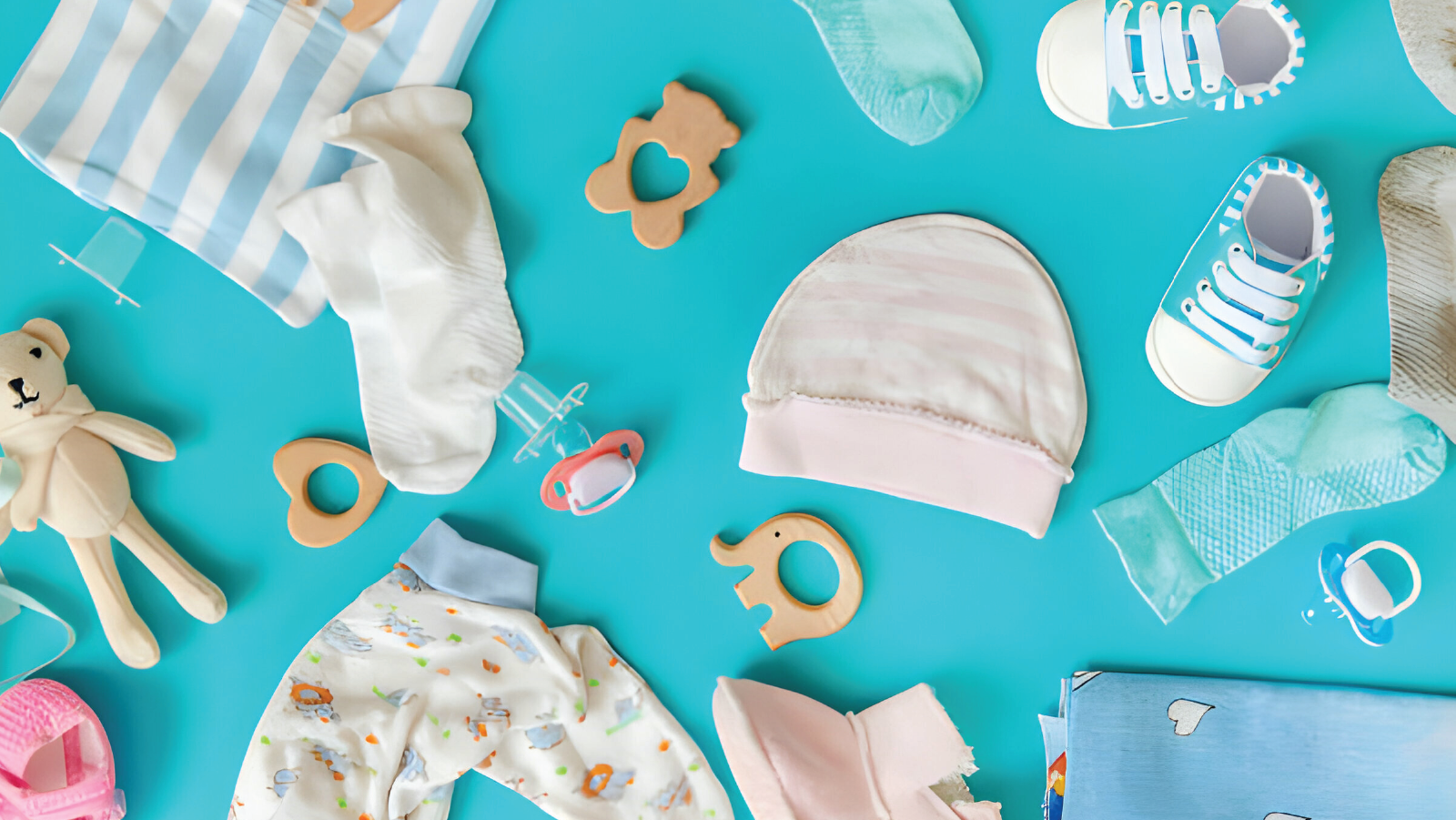
Comforters play a crucial role in providing security and comfort to children, serving as beloved companions throughout their early years. In this guide, we’ll explore the importance of comforters in fostering a sense of security and tranquility for little ones, helping parents navigate the process of choosing the perfect comforter for their child’s needs.
Types of Comforters for Kids
1. Materials and Fabrics:
– Cotton: Known for its softness and breathability, cotton comforters are ideal for children with sensitive skin.
– Plush: Plush comforters offer extra warmth and coziness, perfect for colder climates or children who enjoy snuggling up.
– Fleece: Lightweight and durable, fleece comforters provide warmth without adding bulk, making them versatile options for year-round use.
2. Designs and Themes:
– Animal Characters: Comforters featuring beloved animal characters are popular choices among children, offering playful designs that stimulate imagination and creativity.
– Cartoon Characters: Comforters adorned with favorite cartoon characters add a touch of whimsy and familiarity to bedtime routines, creating a comforting environment for sleep.
– Patterns and Prints: From classic stripes and polka dots to vibrant floral prints, comforters with versatile patterns and prints allow children to express their unique personalities and preferences.
3. Textures and Sensory Features:
– Soft and Silky: Comforters with silky textures provide tactile comfort and sensory stimulation, soothing children and promoting relaxation at bedtime.
– Textured Fabrics: Comforters with textured fabrics such as ribbed, quilted, or embossed designs offer additional sensory input, engaging children’s senses and providing a multi-dimensional sensory experience.
Safety Considerations
1. Size and Weight:
– Choose a comforter that is appropriately sized and lightweight to reduce the risk of suffocation or entanglement during sleep.
– Avoid comforters with loose threads or small embellishments that could pose choking hazards for young children.
2. Hypoallergenic Materials:
– Opt for hypoallergenic comforters made from non-toxic materials to minimize the risk of allergic reactions or skin sensitivities.
3. Breathability and Temperature Regulation:
– Select a comforter that offers breathability and temperature regulation to ensure optimal comfort and safety for your child during sleep.
Personalization and Sentimental Value
1. Customization Options:
– Personalized comforters add a special touch to bedtime routines, featuring your child’s name, initials, or a meaningful message embroidered on the fabric.
– Custom designs allow you to create a one-of-a-kind comforter that reflects your child’s unique personality and interests, making it a cherished keepsake for years to come.
2. Emotional Attachment:
– Comforters often become beloved companions for children, providing comfort and reassurance during times of stress or uncertainty.
– The sentimental value of a personalized comforter can create lasting memories and strengthen the emotional bond between parent and child.
Hygiene and Care
1. Regular Washing Routine:
– Establish a regular washing routine for your child’s comforter to maintain cleanliness and freshness.
– Follow manufacturer’s instructions for washing and drying to preserve the integrity of the fabric and prevent shrinkage or damage.
2. Spot Cleaning:
– Address spills or stains promptly with spot cleaning to prevent them from setting into the fabric.
– Use gentle, non-toxic cleaning products suitable for the comforter’s material to avoid discoloration or damage.
3. Air Drying:
– Whenever possible, air dry the comforter outdoors to benefit from natural sunlight and fresh air, which help eliminate odors and bacteria.
Eco-Friendly Options
1. Sustainable Materials:
– Choose comforters made from organic or sustainable materials such as organic cotton, bamboo, or recycled fibers to reduce environmental impact and promote eco-conscious living.
– Look for certifications such as GOTS (Global Organic Textile Standard) or OEKO-TEX® Standard 100 to ensure the comforter meets stringent environmental and safety standards.
2. Non-Toxic Dyes and Finishes:
– Opt for comforters dyed with non-toxic, eco-friendly dyes and finishes to minimize exposure to harmful chemicals and toxins.
– Eco-friendly comforters are free from harsh chemicals and synthetic additives, making them safe and healthy choices for children and the planet.
Integrating Comforters into Bedtime Routines
1. Transitional Object:
– Introduce the comforter as a transitional object to help soothe and comfort your child during bedtime and naptime.
– Encourage your child to cuddle with the comforter while reading stories, singing lullabies, or engaging in other calming activities before sleep.
2. Consistent Routine:
– Establish a consistent bedtime routine that includes the comforter as part of the sleep environment to signal to your child that it’s time to relax and prepare for sleep.
– Incorporate the comforter into your child’s bedtime ritual by allowing them to choose it from their bed or crib and snuggle with it as they drift off to sleep.
Conclusion
In conclusion, choosing the perfect comforter for your little one is a decision that combines safety, comfort, and personal preference. By selecting a comforter that meets safety standards, reflects your child’s personality, and promotes a sense of security and comfort, you can create a nurturing sleep environment that supports your child’s well-being and development. And for a wide selection of high-quality comforters that prioritize safety, comfort, and style, be sure to explore the offerings at My Baby Gift Store. With our carefully curated collection of comforters, you’ll find the perfect option to help your child drift off to cozy dreams night after night.
